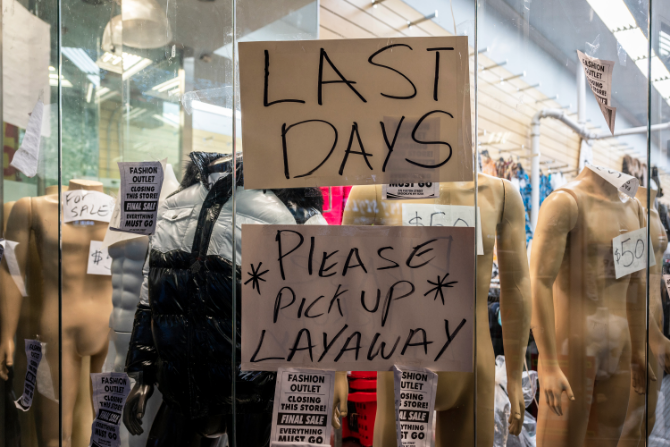New York City Gained 10,000 Jobs Last Month. Here’s Why They Could Soon Go Away


This article was originally published on by THE CITY
The city’s economic rebound has stalled with looming new pandemic-spurred restrictions threatening to cost tens of thousands of jobs and the need for help — especially emergency food aid — growing.
The federal aid package being negotiated in Washington will offer a modest boost, say economists and those on the front lines of pandemic relief — but will likely less be than half of the $2.2 trillion CARES package passed in the spring.

Brooklyn Boro
View MoreNew York City’s most populous borough, Brooklyn, is home to nearly 2.6 million residents. If Brooklyn were an independent city it would be the fourth largest city in the United States. While Brooklyn has become the epitome of ‘cool and hip’ in recent years, for those that were born here, raised families here and improved communities over the years, Brooklyn has never been ‘uncool’.